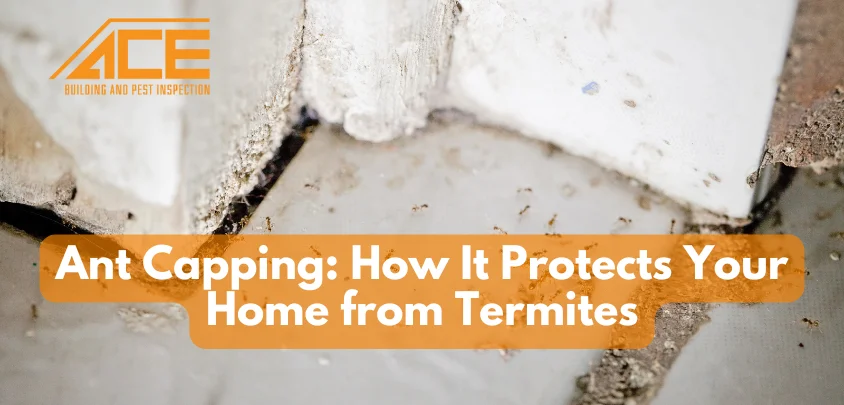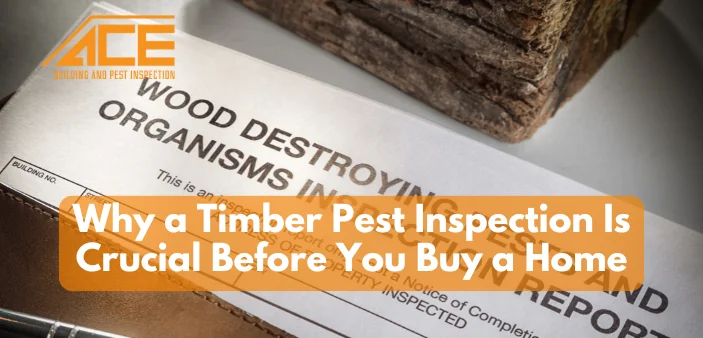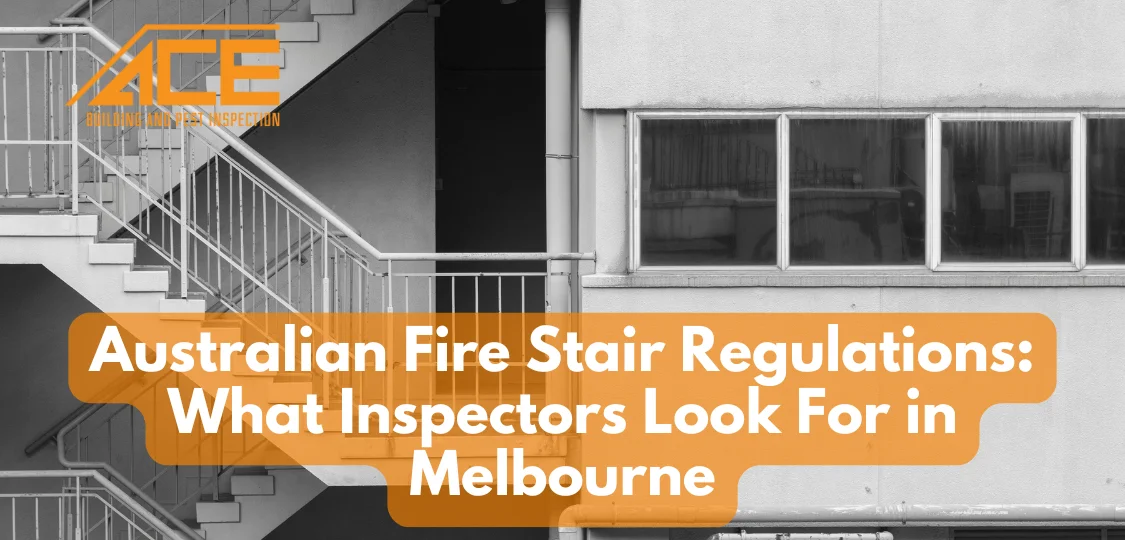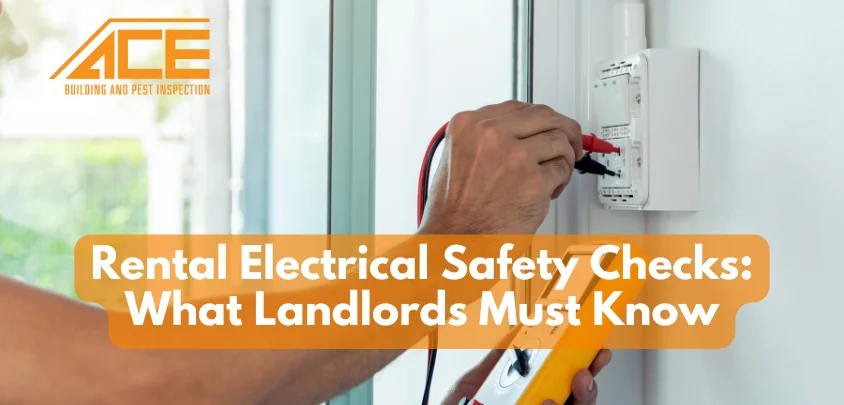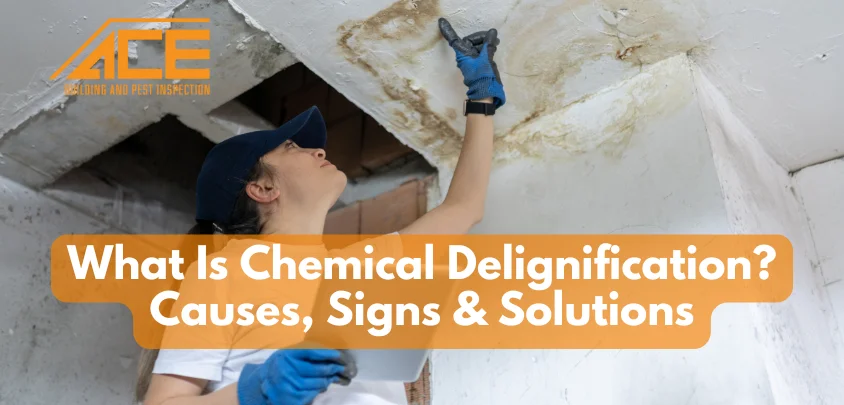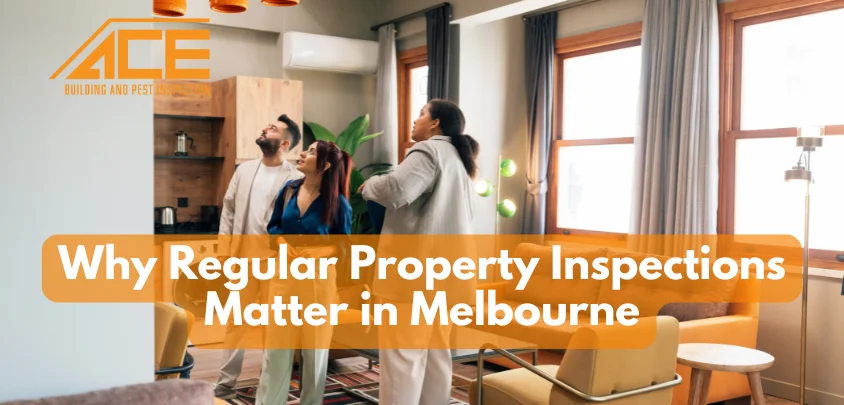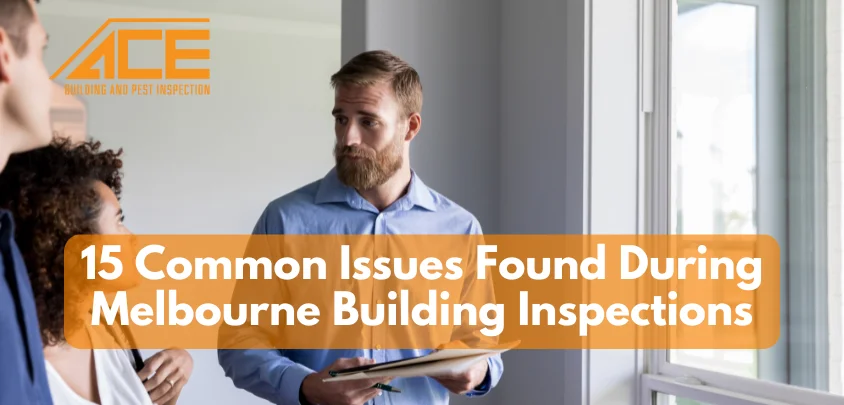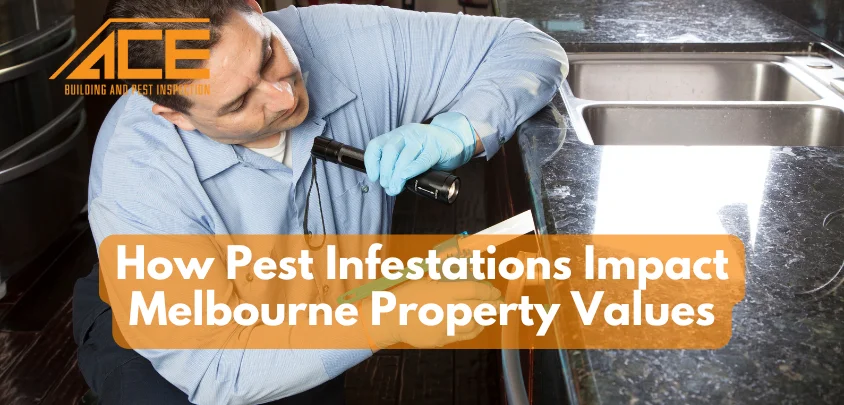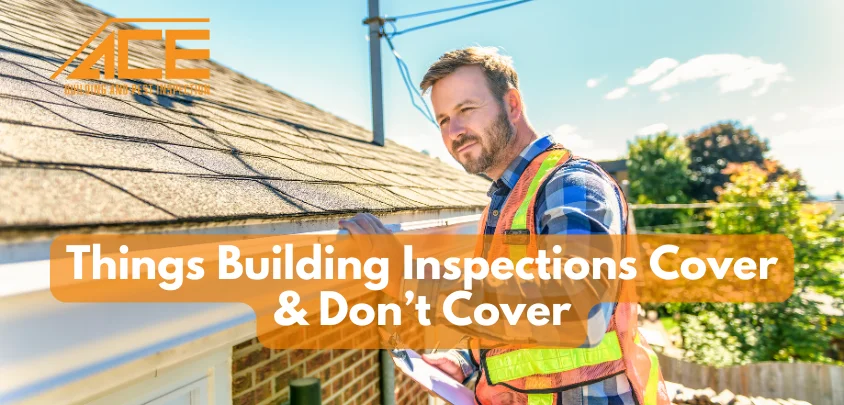Table of Content
- 1. What Is Ant Capping?
- 2. How Ant Capping Works
- 3. Why Termites Are a Real Threat in Australia
- 4. Ant Capping vs. Chemical Barriers
- 5. Signs Your Home Needs Ant Capping
- 6. Ant Capping and Pest Inspection Go Hand in Hand
- 7. Is Ant Capping Mandatory in Melbourne?
- 8. How Much Does Ant Capping Cost?
- 9. DIY or Call a Pro?
- 10. Final Thoughts: Is Ant Capping Worth It?
- 11. Quick Tips for Melbourne Homeowners
In this article, we’re diving deep into what ant capping actually is, how it works, why it’s important. And how it ties into professional pest inspection services, particularly in termite-prone areas like Melbourne.
If you’ve ever owned a home in Australia—or especially in Melbourne—you’ve probably heard about termites and the absolute havoc they can cause. These little buggers are not just annoying; they can eat away at your house, quite literally from the inside out. One of the lesser-known but incredibly effective ways to stop termites from sneaking into your home is through something called ant capping.
What Is Ant Capping?
Ant capping is a preventative barrier installed in timber-framed homes, usually between the stump and the floor structure. It’s typically made from galvanised steel or metal sheeting and acts as a physical deterrent for termites (not ants, surprisingly) trying to get into your house from underground.
Despite the name, ant capping isn’t meant to stop ants. The name comes from older building practices, but nowadays, it’s widely understood as a termite deterrent tool.
How Ant Capping Works
Here’s the thing, ant capping doesn’t kill termites. It’s not poison. It’s not a chemical treatment. So, how does it work?
It works by forcing termites to reveal themselves. Termites usually travel hidden inside timber, soil, or mud tubes to stay safe from predators and dry air. Ant capping acts as a visible barrier that termites can’t get around without being seen. When they hit the metal cap, they have to build their little mud tunnels around it, and that’s when you—or more realistically, a pest inspector—can spot them early and take action.
In other words, ant capping gives you visibility.
Why Termites Are a Real Threat in Australia
If you’re living in Australia, especially in humid areas like coastal NSW or around Melbourne suburbs, you’re smack bang in termite territory. Termites are native to Australia and thrive in warm, damp environments. They can enter a home through the smallest of cracks and can cause tens of thousands of dollars in damage before you even realise they’re there.
Timber homes, which are pretty common in many older Melbourne neighbourhoods, are particularly at risk. Even if you live in a brick veneer home, the internal framing is likely to be timber, and that’s what termites go for.
Ant Capping vs. Chemical Barriers
You might be wondering, “Why not just use termite chemicals?” Fair question.
Chemical barriers (like Termidor or Bifenthrin) are definitely effective, but they have a lifespan. They need to be reapplied, and they can break down over time due to weather or landscaping changes. On the other hand, ant capping is a one-off install, a physical, non-degradable barrier that lasts for decades.
In an ideal world, your home would have both a physical barrier, like ant capping and a chemical treatment as a backup. Think of it as wearing a seatbelt and having airbags in your car. Better safe than sorry.
Signs Your Home Needs Ant Capping
If your home was built before the 1980s, chances are it already has ant caps, but they might be old, rusted, or installed incorrectly. In newer homes, especially slab-on-ground constructions, ant capping might not be present at all.
Here are a few signs that you should look into installing or upgrading your ant capping:
- You’ve had termites in the past
- Your home sits on stumps (timber or steel)
- You’re doing renovations or restumping
- You live in a termite-prone area like outer Melbourne suburbs
- Your existing ant caps are rusted, bent or missing
Ant Capping and Pest Inspection Go Hand in Hand
While ant capping can deter termites, it’s not a foolproof solution on its own. That’s where regular pest inspections come into play.
Professional pest inspectors know how to check the condition of your ant caps, look for signs of termite activity, and recommend treatments if needed. In Melbourne, where the weather can be unpredictable and homes vary from modern builds to classic weatherboards, having a pest inspection every 12 months is a smart move.
Don’t just wait until you see damage—by then, it’s usually too late.
Is Ant Capping Mandatory in Melbourne?
Ant capping is not a legal requirement in Victoria, but it is highly recommended, especially in areas known for termite activity. Builders and property developers often include them in new houses as part of best-practice construction.
If you’re buying an older property or building an extension, make sure to ask about termite barriers, including ant caps. If they’re not in place, now’s the time to consider them to help reduce the risk of costly pest infestations.
How Much Does Ant Capping Cost?
The good news is, ant capping isn’t super expensive, especially when compared to the cost of repairing termite damage. For a standard house, retrofitting or repairing ant caps might cost a few hundred to a couple of thousand dollars, depending on the complexity.
When combined with a regular pest inspection schedule (which typically costs around $300 to $400 in Melbourne), it’s a small price to pay for peace of mind.
DIY or Call a Pro?
While some handy homeowners can tackle basic repairs, installing or replacing ant caps properly often requires professional help. It usually involves lifting the house slightly to access stumps and fitting metal sheets precisely, something best left to experts, especially if you’re already getting pest control or restumping done.
Final Thoughts: Is Ant Capping Worth It?
Absolutely. Ant capping might not be the flashiest feature of your home, but it quietly does a very important job: letting you know when termites are trying to move in. And in a city like Melbourne, where many homes are at risk, that early warning system can save you a whole lot of stress and money.
Paired with regular pest inspections, especially from a trusted Melbourne-based pest control company, ant capping gives your home a solid line of defence against one of Australia’s most destructive pests.
Quick Tips for Melbourne Homeowners
- Schedule a pest inspection annually to check for termite activity and assess your ant capping.
- Check your stumps regularly—if they’re timber and look dodgy, it might be time for restumping and ant capping.
- Look out for mud trails or bubbling paint on skirting boards—that could be termites at work.
- If you’re buying property, especially in areas like the Dandenong Ranges, Eastern Suburbs, or older Melbourne inner burbs, ask about termite history and protection measures.
- Get a termite barrier quote if your home has no protection at all. Chemical + physical = best combo.
Still not sure if your home’s protected against termites? Call your local pest inspection specialist in Melbourne and get a professional assessment. Whether you’re building, renovating, or just doing a yearly check-up, don’t leave it too late—because when it comes to termites, out of sight definitely doesn’t mean out of mind.
More Resources:
